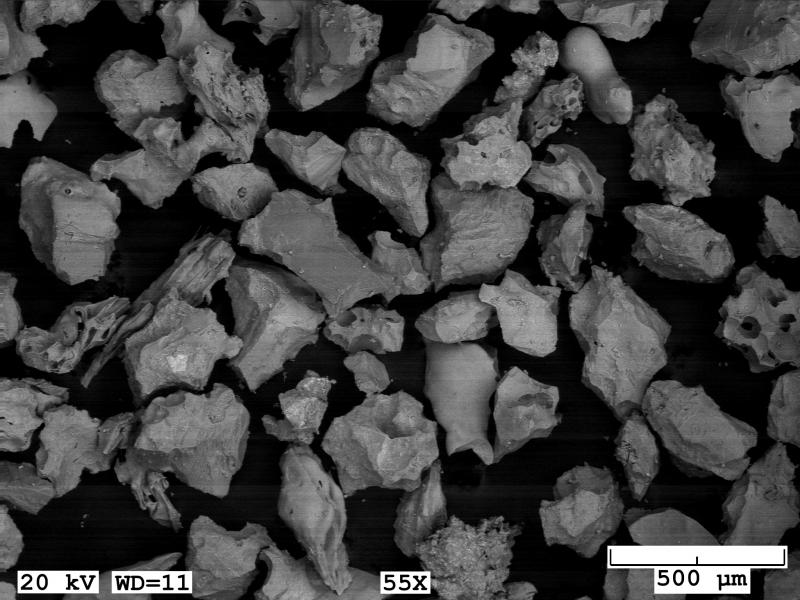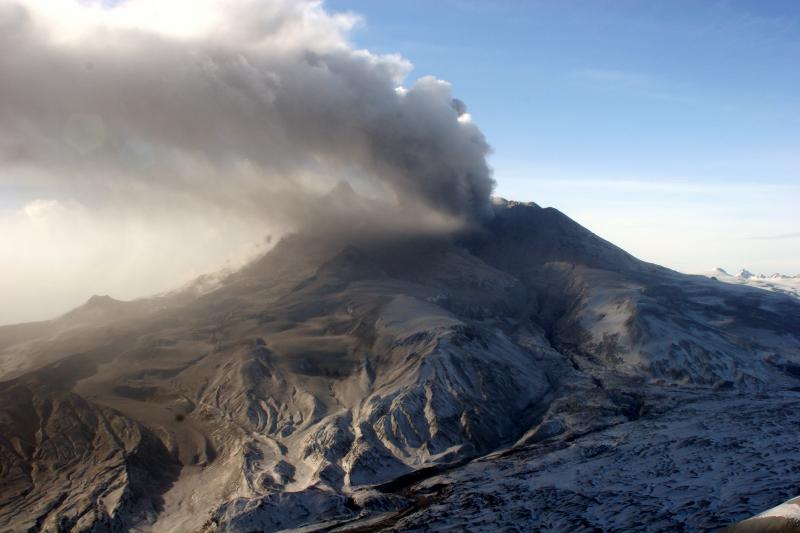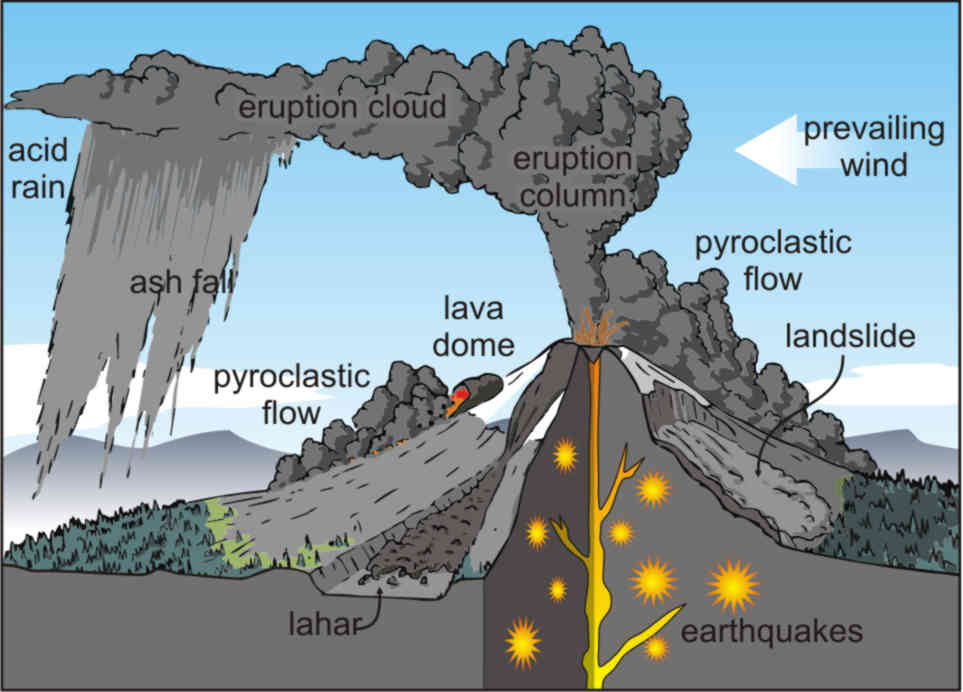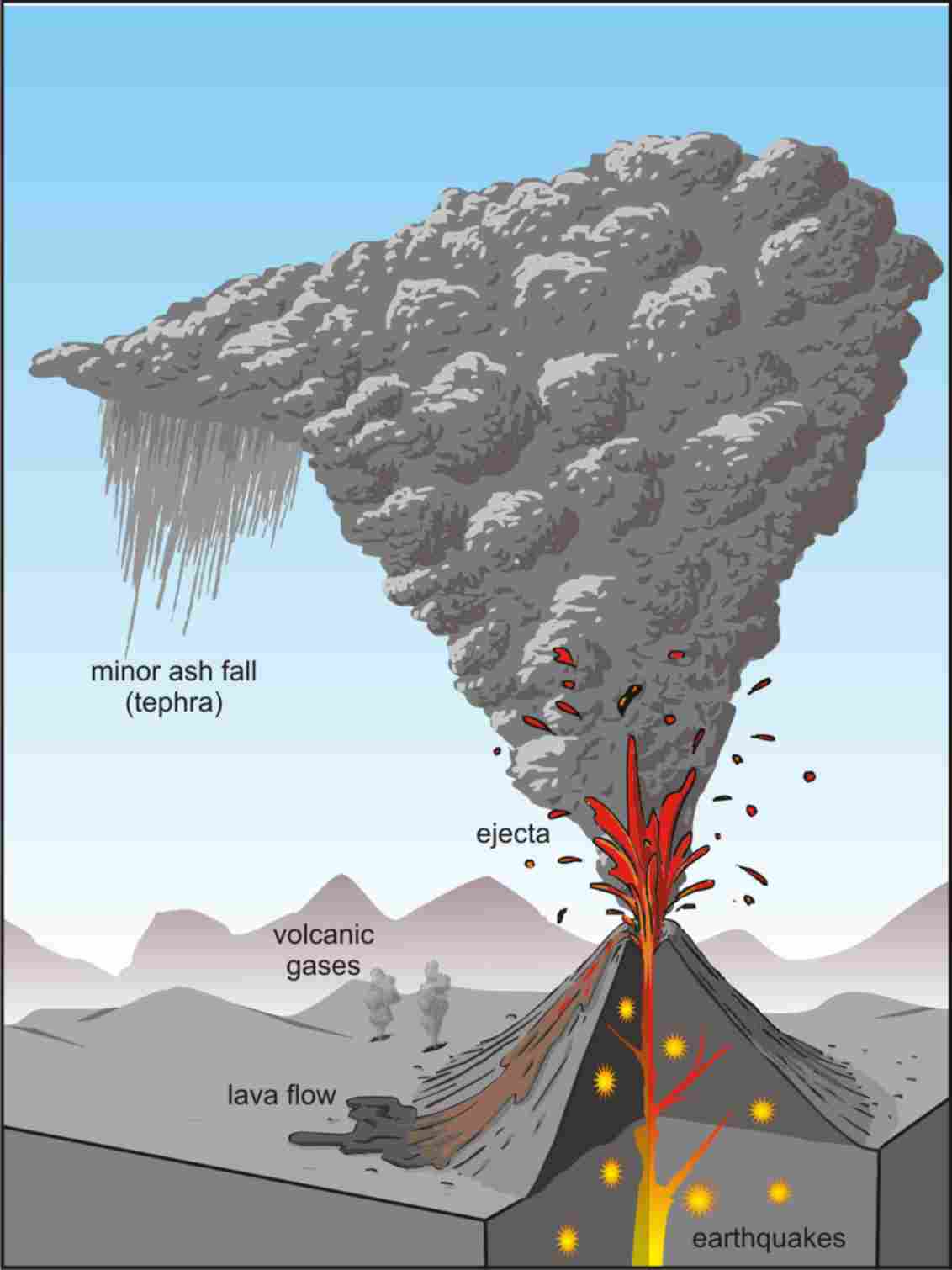What are the hazards from volcanoes?
Volcanoes produce a variety of hazards, depending on the chemical composition and gas content of the lava (as well as on other factors):
Lava
Lava (molten rock) can erupt as fire fountains or lava flows (when it is runny) or as steep-sided domes (when it is viscous). Lava may destroy buildings and infrastructure, but it moves relatively slowly so is rarely a direct threat to people.
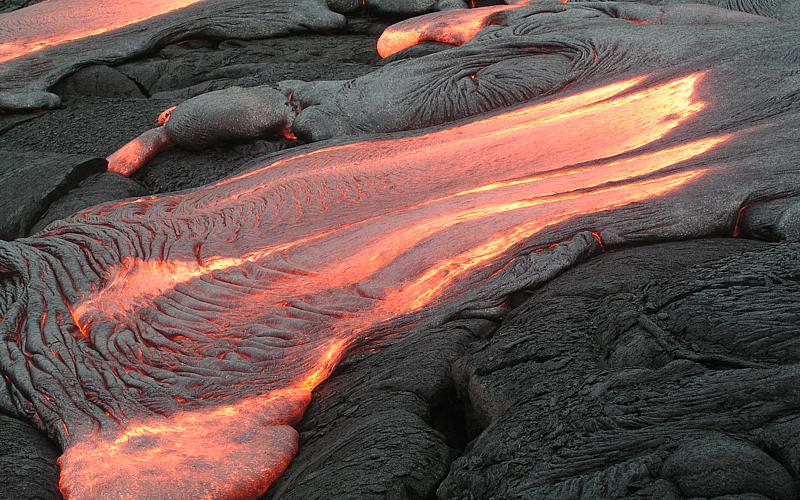
Pyroclastic flows
Pyroclastic flows are hot avalanches of rock, ash, and gas that travel down volcano slopes at high speeds. They may be very dangerous close to a volcano.
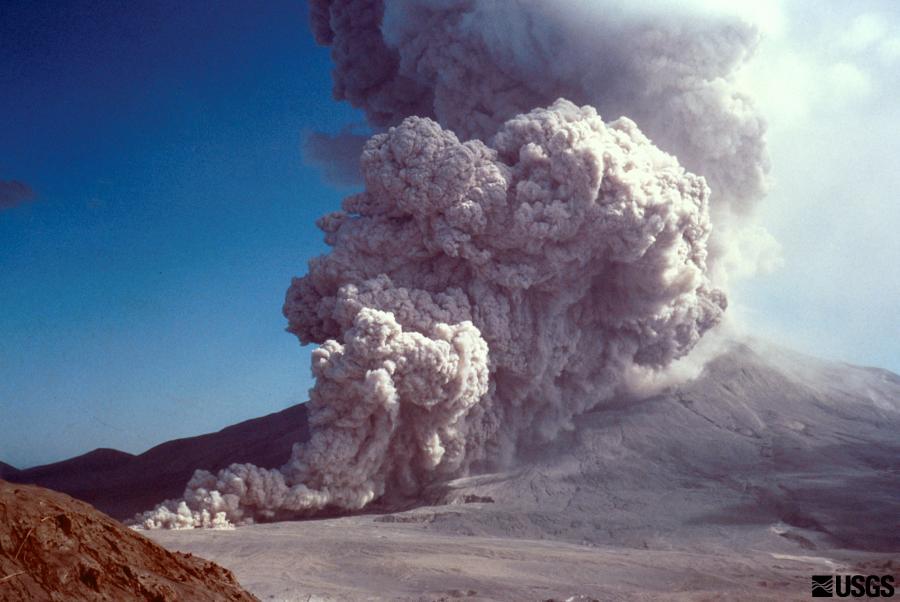
Phreatic explosions
Phreatic explosions are explosions caused by the interaction of water with hot rock or magma (lava).

Lahars
Lahars are hot or cold mixtures of water and volcanic debris that form when volcanic materials interact with water, ice, snow, or loose wet sediments. Lahars are most dangerous close to a volcano, but large lahars may rapidly travel many tens of kilometres from a volcano, along river valleys, so they can pose a threat to people and infrastructure far beyond the volcano’s slopes.
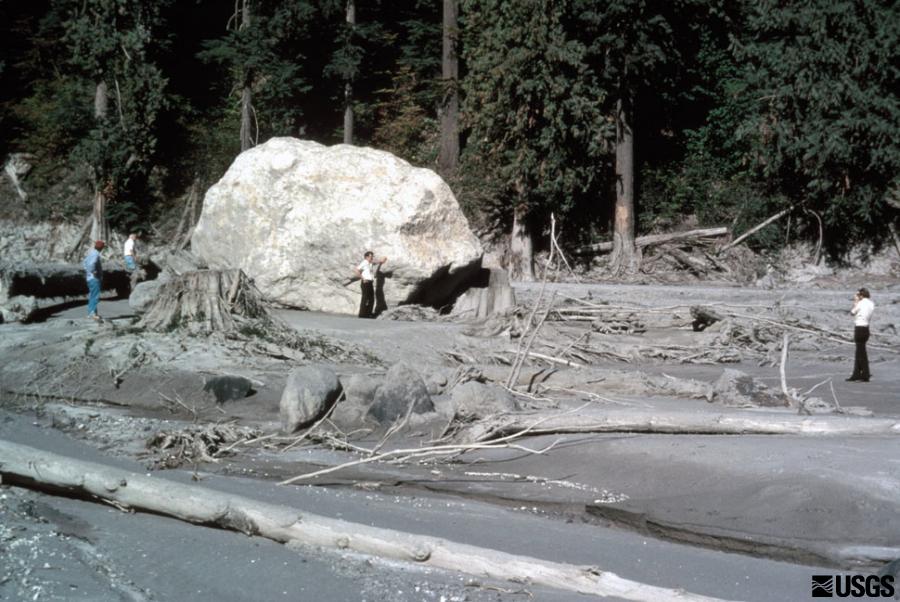
Jökulhlaups
Jökulhlaups are large abrupt floods of water from glacial lakes or from beneath glaciers. They may be triggered when a volcano erupts under a glacier.
Landslides
Landslides and other collapses of large parts of a volcano may occur with or without accompanying eruptions, and may transform into lahars if significant water is available. Because many volcanoes are steep and unstable, landslides frequently pose a hazard even when a volcano is dormant (not erupting).
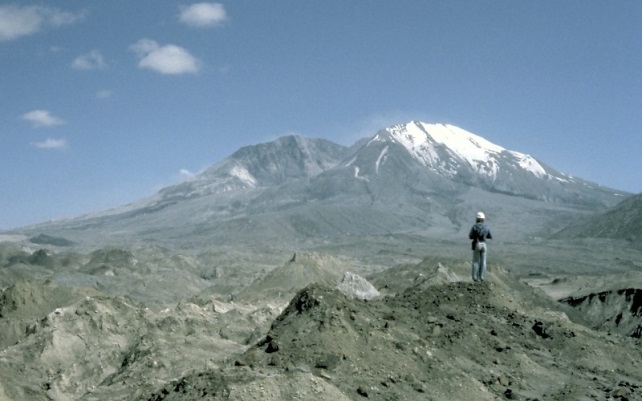
Volcanic earthquakes
Volcanic earthquakes are caused by the movement of magma or fluids underground, and are often too small to detect without instruments. Because significant seismic activity precedes most eruptions, especially when a volcano has not erupted for hundreds or thousands of years, volcanic earthquakes are a valuable tool for monitoring volcanoes and forecasting eruptions.

Tsunamis
Tsunamis are water waves that can result from submarine eruptions or from volcanic landslides into large bodies of water, although submarine earthquakes are a more frequent cause of tsunamis.
Volcanic gases
Volcanic gases bubble out of lava or escape through soil or vents in the ground. The most common volcanic gases are water vapour, carbon dioxide, sulphur dioxide, hydrogen, hydrogen sulphide, and carbon monoxide. Some of these gases are irritating or poisonous, or cause breathing problems, and the release of sulphur dioxide may cause acid rain to form. Over long time periods, volcanic gases may affect climate.
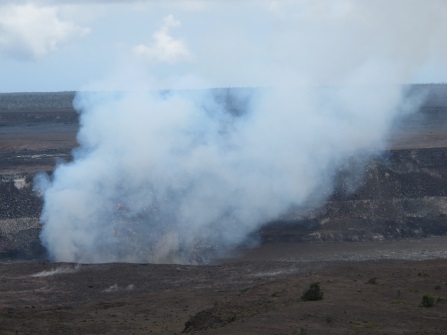
Tephra
Tephra consists of rock fragments ejected from a volcano. Volcanic ash is tephra smaller than 2 mm (and may be as small as thousandths of a millimetre), while larger fragments are called lapilli or bombs and blocks. Blocks and bombs fall to earth within a few kilometres of a volcano, but ash may be ejected high into the atmosphere and carried hundreds or thousands of kilometres downwind
